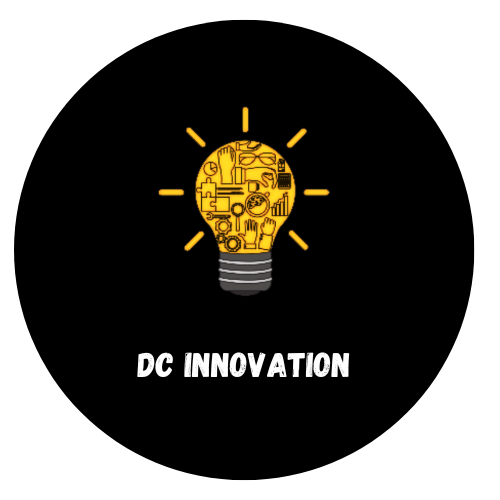LK-99 Room Temp Superconductor
The LK-99 Room Temp Superconductor is a really exciting discovery! Imagine a world filled with hoverboards and laptops that don’t get hot. If this is something that can become commonplace there will be so many applications that the world as we know it will be forever changed. Here is more information about the recent discovery:…
